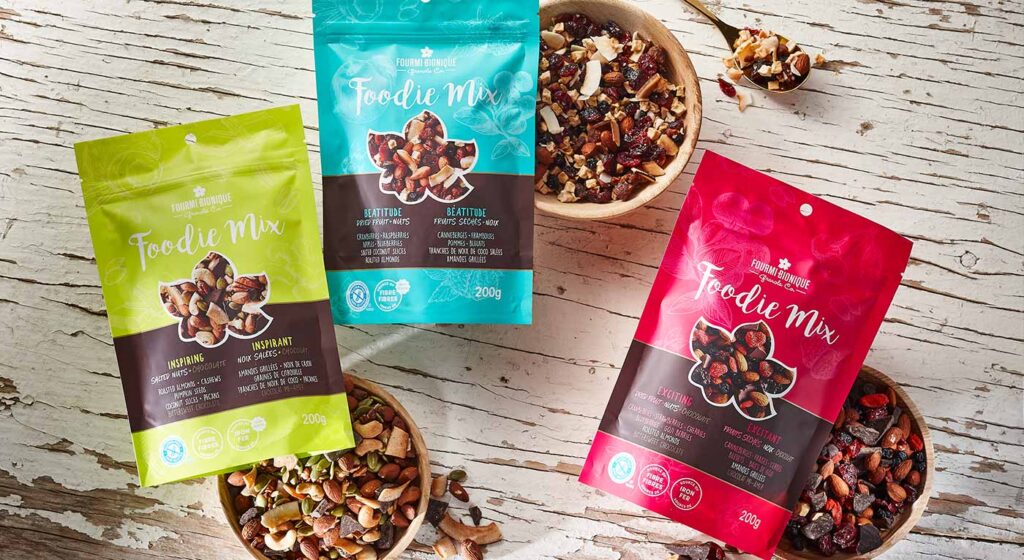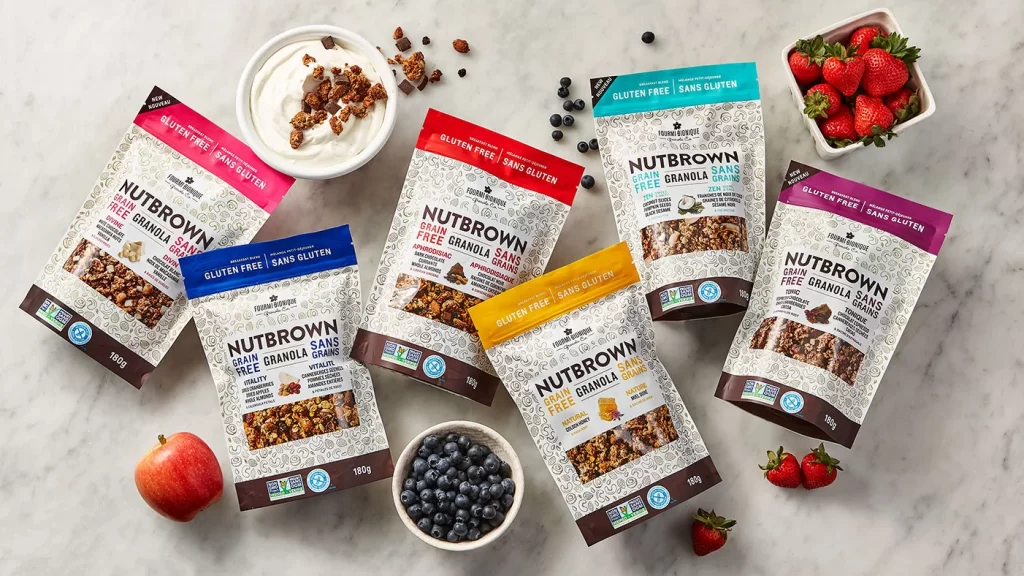So, what’s this fancy ingredient that gives our granola a whole new dimension? You may not believe us, but it’s tamari!
Tamari is a high-quality condiment that has won over the palates of foodies around the world. This condiment native to Japan is made from whole soybeans, unlike common soy sauce which is made from refined soybeans. This gives tamari a richer and deeper flavour. There’s a reason why it’s considered a premium ingredient, taking longer to make and ferment than commercial soy sauce. In this article, we’ll explore tamari’s fascinating origins, how it’s made, its health benefits, how it differs from regular soy sauce and why we use it in our recipes.
Tamari’s Origins
Tamari is a condiment native to Japan, developed about 1000 years ago. It was originally used as a dipping sauce to accompany rice and fish dishes. It was made from fermented soybean juice, which was stored in ceramic jars for future use. Over the centuries, tamari production has been perfected, becoming an ancient art passed down from generation to generation.
Artisanal Tamari Production
The artisanal production process for tamari is a long and painstaking one, requiring years of experience and skill. The soybeans are first soaked, then ground to produce a soybean paste. This paste is then mixed with a blend of salt and koji (a fungus used to ferment food), before being placed in ceramic jars to ferment for a year or longer. During fermentation, lactic acid bacteria and natural enzymes convert carbohydrates into simple sugars, proteins into amino acids and fats into fatty acids. This is what gives tamari its complexity and richness.
Tamari’s Health Benefits
Tamari is high in protein, amino acids and minerals like iron, zinc and copper. It is also a source of probiotics, which can help improve digestive health and immune function. It’s also ideal for people who are gluten intolerant because it’s wheat-free.
Tamari vs. Soy Sauce
Although tamari and soy sauce share similar ingredients, they differ greatly in taste and use. Soy sauce is generally saltier and sweeter than tamari and is often used as a seasoning in Chinese and Korean dishes. Tamari, on the other hand, is more complex and flavourful and often served alongside sushi and sashimi. It’s also ideal for people who are gluten intolerant because it’s wheat free.
It’s worth noting that tamari also has a more concentrated flavour than soy sauce, so you only use a small amount. Because of its rich and complex flavour, it can also be used as a base ingredient for vegan cooking, replicating the flavour of meat in substitute dishes.
Tamari in Granola?!
We are unique in using tamari in our Grand Granola blends to provide bold flavour that perfectly complements the granola’s sweet and crunchy ingredients.
Tamari is also a good source of protein and minerals, making it a healthy and nutritious ingredient in granola.
By using tamari in our granola recipes, we deliver tasty and healthy products to our foodie customers, while setting ourselves apart from traditional granola with our unique and authentic flavour.


